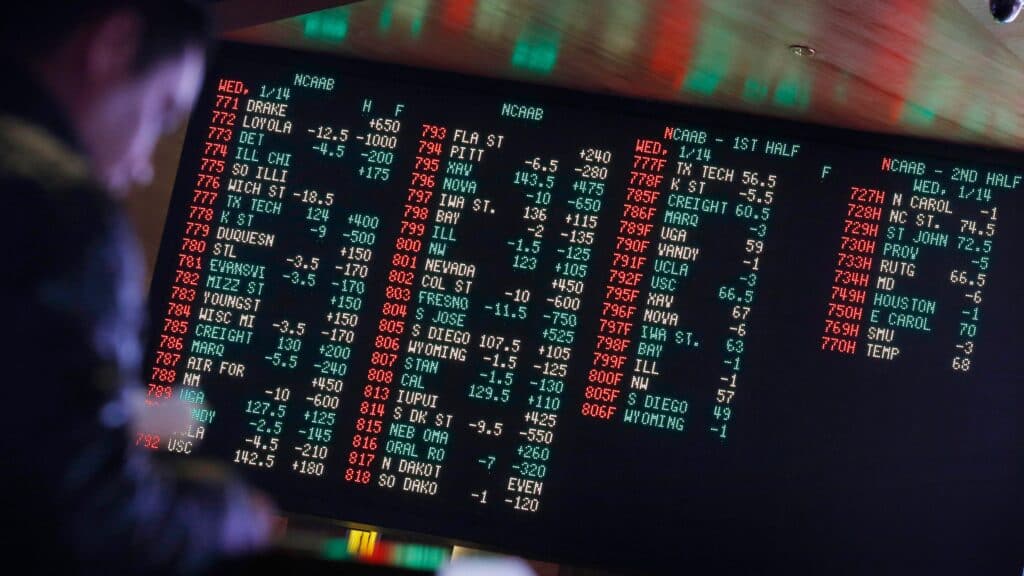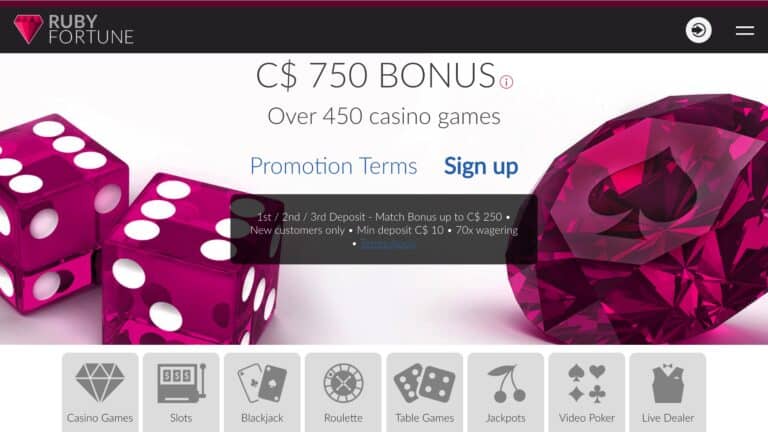In the dynamic world of sports betting, understanding and identifying value in betting odds is a crucial skill that separates casual punters from astute, potentially profitable gamblers; this detailed guide aims to significantly expand your knowledge on this essential topic.
Understanding Betting Odds: A Foundation for Value
Before diving into spotting value, it's vital to grasp what betting odds truly represent. At their core, odds are the bookmaker's estimation of the probability of a specific outcome occurring in a sporting event, translated into a format that allows them to offer bets and calculate payouts. These odds are not just random numbers; they are carefully constructed, reflecting a multitude of factors and, crucially, incorporating a margin for the bookmaker.
Different Odds Formats and Implied Probability
Odds are presented in various formats, each conveying the same underlying probability but in a different way. The most common formats are fractional, decimal, and American. Fractional odds, like 5/1, are prevalent in the UK and indicate that for every 1 unit staked, you win 5 units plus your stake back. Decimal odds, such as 6.0, are popular in Europe and Australia and represent the total return for every 1 unit staked, including your stake (so a 6.0 decimal odd is equivalent to 5/1 fractional odds). American odds, used in the US, are slightly different: negative odds (e.g., -200) show how much you need to stake to win $100, while positive odds (e.g., +200) show how much you win for every $100 staked.
Crucially, from any odds format, we can derive the implied probability – the probability of an event occurring as suggested by the bookmaker. For decimal odds, the implied probability is calculated as 1 / Decimal Odds * 100. For example, decimal odds of 2.0 imply a 50% probability (1/2.0 * 100 = 50%). Understanding implied probability is the first step in assessing whether odds offer value.
The Overround: Bookmaker's Margin
Bookmakers are businesses, and like any business, they aim to make a profit. This profit is built into the odds through something called the 'overround' or 'vig'. The overround is the sum of the implied probabilities for all possible outcomes in a betting market. In a fair market, the sum of probabilities should be 100%. However, bookmakers inflate these probabilities slightly, creating an overround that is typically greater than 100%. For instance, in a two-outcome market like a tennis match, a fair book might offer each player at 2.0 (50% implied probability each, totaling 100%). A bookmaker, to make a profit, might offer each player at 1.91 (approximately 52.4% implied probability each, totaling 104.8% overround). This 4.8% overround is the bookmaker's edge.
Recognizing the overround is vital because it highlights that the odds presented are not true probabilities but probabilities adjusted for the bookmaker's profit. Spotting value, therefore, isn't just about finding likely outcomes, but about identifying situations where the *true* probability of an outcome is higher than the *implied* probability presented by the bookmaker, even after accounting for the overround.
Identifying Value: Finding the Edge
Value betting is predicated on the principle that bookmakers, despite their sophisticated algorithms and expert odds compilers, can sometimes misjudge probabilities. Identifying value means finding odds that are higher than the true probability of an event occurring. This requires a combination of knowledge, research, and analytical skills.
Fundamental Analysis: Beyond the Surface
Successful value betting goes far beyond simply looking at headline odds. It requires deep fundamental analysis, considering a wide array of factors that can influence the outcome of a sporting event. This includes:
- Statistical Analysis: Delving into team and player statistics is paramount. This involves looking at historical performance data, recent form, head-to-head records, offensive and defensive metrics, and various other statistical indicators relevant to the sport. For example, in football, this might include shots on target, possession percentages, expected goals (xG), and defensive errors. In basketball, points per game, rebounds, assists, and three-point percentages are crucial.
- Team News and Injuries: Up-to-date information on team lineups, injuries, and suspensions is critical. Key player absences can significantly impact a team's performance and, consequently, the outcome of a match. Reliable sources for team news, such as official team websites, reputable sports news outlets, and dedicated injury reports, should be consulted right up to kick-off.
- Contextual Factors: Beyond raw statistics and team news, contextual factors play a significant role. These include:
- Home Advantage: The impact of playing at home can vary significantly across sports and even between teams. Analyzing historical home and away records can reveal teams that are particularly strong or weak at home.
- Motivation and Team Morale: Factors like team morale, manager changes, and the importance of the match (e.g., a crucial relegation battle versus a mid-table clash) can influence player performance and match outcomes. Assessing team news and press conferences can offer insights into team motivation.
- Weather Conditions: In some sports, particularly outdoor events like football, horse racing, or golf, weather conditions can be a significant factor. Heavy rain, strong winds, or extreme temperatures can alter playing styles and favor certain teams or players.
- Referee and Officials: The referee assigned to a match can sometimes be a factor, particularly in sports like football where refereeing styles and tendencies towards issuing cards or penalties can influence the game.
By thoroughly analyzing these fundamental factors, you can develop a more informed assessment of the true probability of different outcomes, going beyond the surface-level odds offered by bookmakers.
Comparing Odds Across Bookmakers: The Power of Line Shopping
Betting odds for the same event can vary significantly between different bookmakers. This variance arises because bookmakers have slightly different opinions, risk management strategies, and customer bases. 'Line shopping' – comparing odds across multiple bookmakers – is a fundamental strategy for value bettors. By holding accounts at several different betting sites, you can consistently ensure you are taking the best available odds for your chosen bet.
Even small differences in odds can compound significantly over time. For example, consistently taking odds of 2.0 instead of 1.9 can increase your long-term profitability considerably. Odds comparison websites and tools can automate this process, allowing you to quickly identify which bookmaker is offering the best price for a particular bet.
Betting Exchanges: Peer-to-Peer Betting
Betting exchanges like Betfair or Matchbook offer a different model from traditional bookmakers. Instead of betting against the bookmaker, you are betting against other users. Exchanges facilitate peer-to-peer betting, allowing users to both 'back' (bet on an outcome to happen) and 'lay' (bet on an outcome not to happen). Exchanges typically operate with lower margins than traditional bookmakers, as they primarily profit from commission on winning bets rather than building an overround into the odds.
Betting exchanges can be valuable for value bettors for several reasons:
- Better Odds: Due to the lower margins, odds on exchanges are often better than those offered by traditional bookmakers.
- Laying Bets: The ability to lay bets opens up strategic opportunities, including arbitrage betting (explained later).
- Market Sentiment: Exchange odds can reflect the collective wisdom and sentiment of a large number of bettors, providing valuable insights into market perceptions of probabilities.
Advanced Value Betting Strategies
Once you have a solid understanding of odds, implied probability, and how to conduct fundamental analysis, you can explore more advanced value betting strategies.
Expected Value (EV): Quantifying Value
Expected Value (EV) is a mathematical calculation that quantifies the value of a bet. It represents the average profit or loss you can expect to make per bet in the long run if you were to place the same bet repeatedly at the same odds. The formula for Expected Value is:
EV = (Probability of Winning * Potential Winnings) - (Probability of Losing * Stake)
Or, simplified for decimal odds:
EV = (Implied Probability * Decimal Odds - 1) - (1 - Implied Probability)
A positive EV indicates a value bet – the odds are in your favor in the long run. A negative EV suggests the odds are against you, and you are expected to lose money over time. An EV of zero is a break-even bet.
For example, if you assess that a team has a 60% true probability of winning a match, and a bookmaker is offering decimal odds of 2.0 (50% implied probability):
EV = (0.60 * (2.0 - 1)) - (0.40 * 1) = 0.60 - 0.40 = 0.20
This positive EV of 0.20 suggests a value bet. For every $1 staked, you can expect to make an average profit of $0.20 in the long run if your probability assessment is accurate.
Calculating EV requires accurately estimating the true probability of an outcome, which is the challenging part. However, understanding and using the EV concept is fundamental to value betting.
The Kelly Criterion: Stake Sizing for Value Bets
The Kelly Criterion is a mathematical formula used to determine the optimal stake size for a value bet, maximizing long-term growth while minimizing the risk of ruin. It suggests staking a fraction of your bankroll proportional to the perceived edge (the EV) and the odds.
The Kelly Criterion formula is:
Kelly % = Edge / Odds
Where 'Edge' is your Expected Value (expressed as a decimal, e.g., 0.20 EV is a 0.20 edge) and 'Odds' are the decimal odds minus 1 (representing the potential winnings relative to stake). Using the previous example with decimal odds of 2.0 and a 0.20 EV:
Kelly % = 0.20 / (2.0 - 1) = 0.20 / 1 = 0.20 or 20%
The Kelly Criterion would suggest staking 20% of your bankroll on this bet. It's important to note that the full Kelly Criterion can be aggressive, and many value bettors use fractional Kelly (e.g., half-Kelly or quarter-Kelly) to reduce volatility and risk.
Arbitrage Betting (Arbing): Risk-Free Profit
Arbitrage betting, or 'arbing', is a strategy that aims to generate risk-free profit by exploiting differences in odds for the same event across different bookmakers or exchanges. An arbitrage opportunity arises when you can back all possible outcomes of an event at odds that guarantee a profit regardless of the result.
For example, consider a tennis match with two players. Bookmaker A offers Player 1 at 2.1 and Bookmaker B offers Player 2 at 2.1. By backing Player 1 at Bookmaker A and Player 2 at Bookmaker B, you can create an arbitrage opportunity. If you stake $100 on Player 1 at 2.1 and $100 on Player 2 at 2.1, your total stake is $200. If Player 1 wins, you win $210 ($100 * 2.1) and lose $100, for a net profit of $10. If Player 2 wins, the outcome is symmetrical. This $10 profit on a $200 total stake represents a 5% risk-free return.
Arbitrage opportunities are relatively rare and short-lived, as bookmakers quickly adjust odds. Arbing requires speed, access to multiple betting accounts, and specialized software to identify opportunities. While theoretically risk-free, practical challenges exist, including account restrictions and potential errors.
Risks and Responsible Gambling
Value betting, while aiming to be a more informed and strategic approach to gambling, is still gambling. It's crucial to acknowledge the inherent risks and practice responsible gambling habits.
Bankroll Management: Betting Within Your Limits
Effective bankroll management is paramount for any gambler, especially value bettors. This involves:
- Setting a Budget: Determine a specific amount of money you are willing to risk on betting and stick to it. This should be disposable income that you can afford to lose without financial hardship.
- Stake Sizing: Use appropriate stake sizes relative to your bankroll. Even with value bets, losses are inevitable in the short term due to variance. Conservative stake sizing, as suggested by fractional Kelly Criterion or percentage-based staking (e.g., 1-2% of bankroll per bet), helps to weather losing streaks and preserve your bankroll.
- Record Keeping: Maintain detailed records of your bets, including stakes, odds, outcomes, and EV calculations. This allows you to track your performance, identify strengths and weaknesses in your betting strategy, and assess your overall profitability.
Recognizing Problem Gambling
It's essential to be aware of the signs of problem gambling and to gamble responsibly. Warning signs can include:
- Chasing losses: Trying to recoup losses by placing increasingly larger bets.
- Betting more than you can afford to lose.
- Spending excessive time and money on gambling.
- Neglecting responsibilities due to gambling.
- Lying about gambling activities.
If you recognize any of these signs in yourself or someone you know, it's important to seek help. Resources and support are available for problem gambling.
Conclusion: Value Betting as an Informed Approach
Spotting value in betting odds is a sophisticated skill that requires knowledge, discipline, and continuous learning. It's about moving beyond simply betting on favorites or gut feelings and adopting a more analytical and probabilistic approach. By understanding odds, conducting thorough research, comparing prices, and employing strategies like EV calculation and responsible bankroll management, gamblers can increase their chances of long-term profitability. However, it's crucial to remember that even value betting carries risk, and responsible gambling practices are always essential. The pursuit of value should be seen as an informed and strategic approach to gambling, not a guaranteed path to riches. It's about making smarter bets, not risk-free bets, in the inherently uncertain world of sports.
External Resources:



